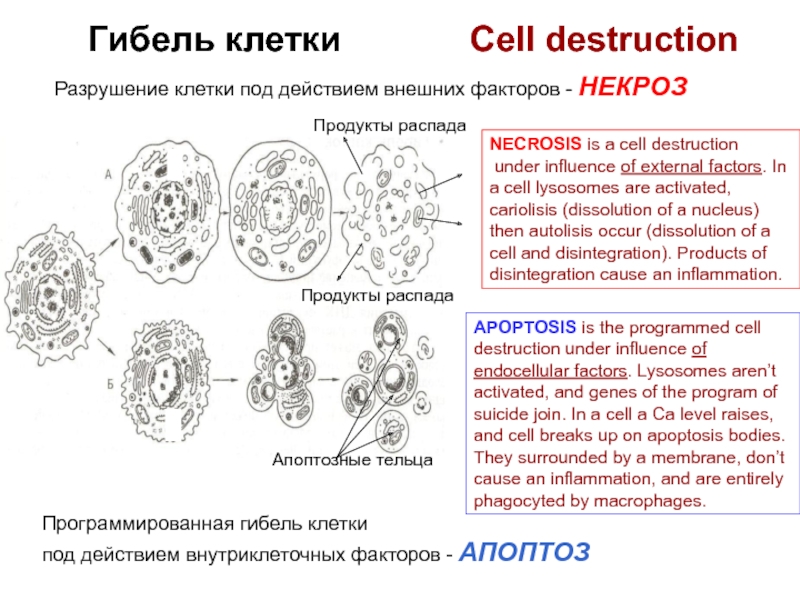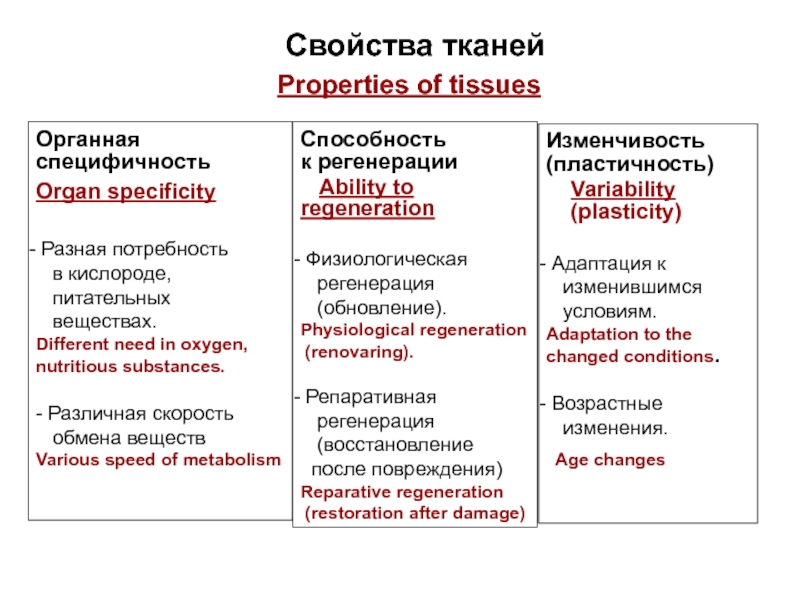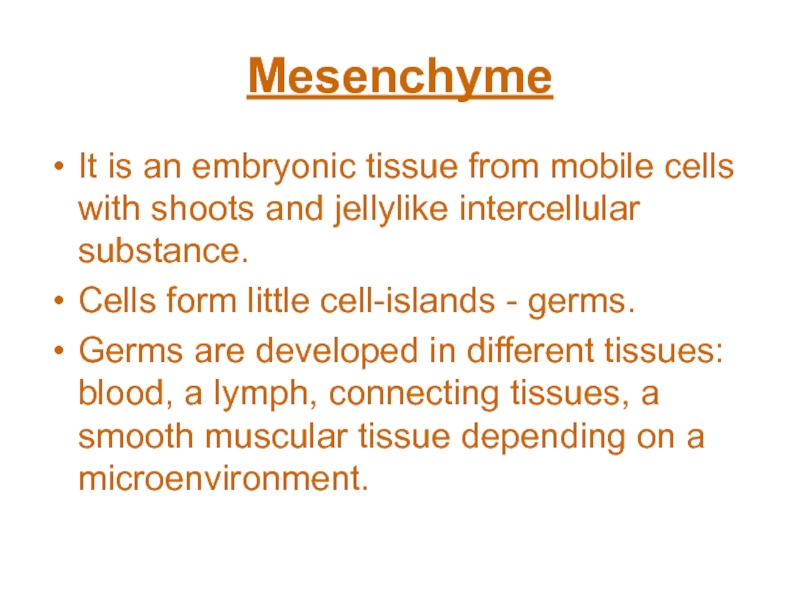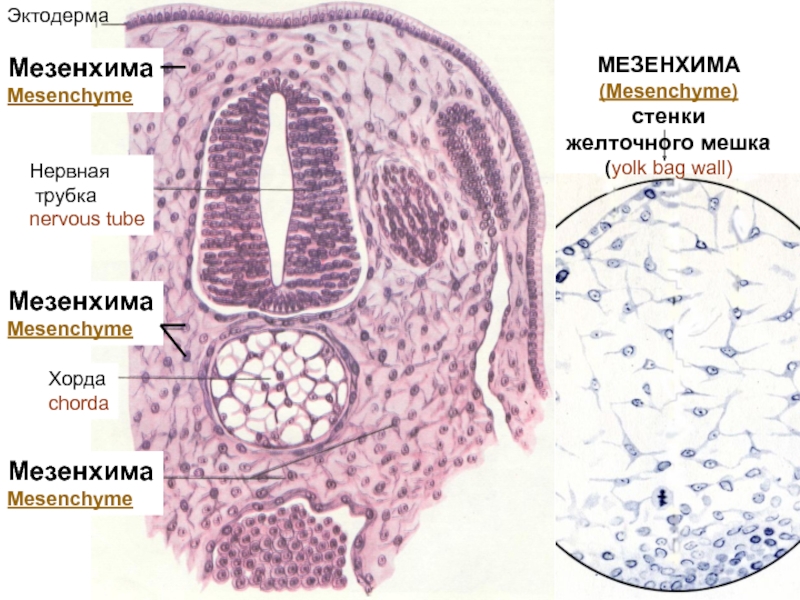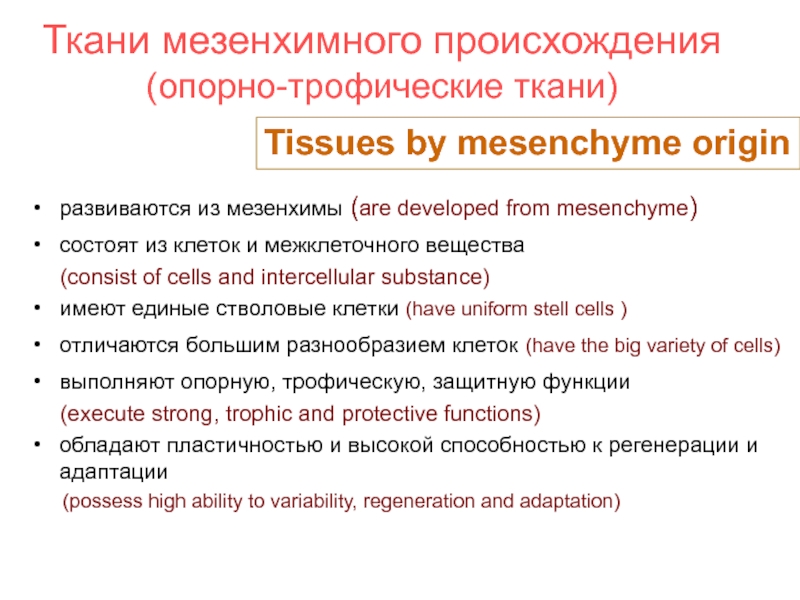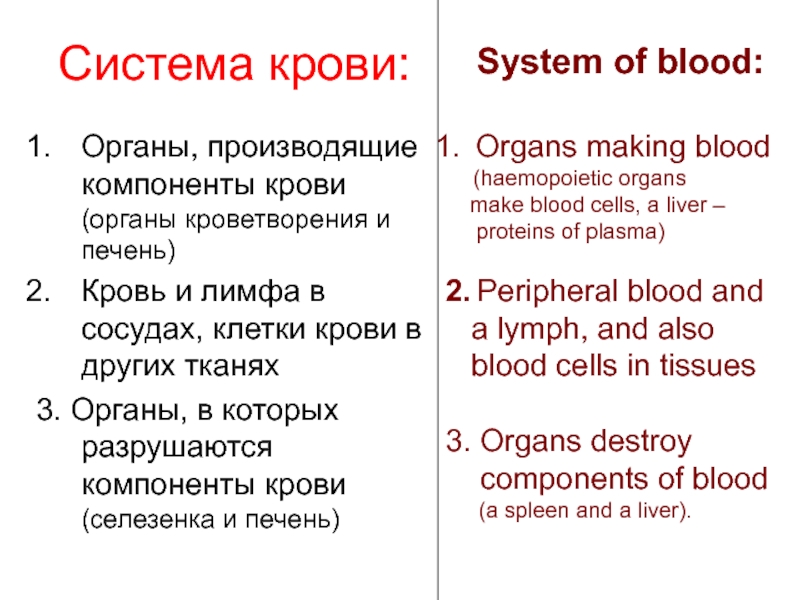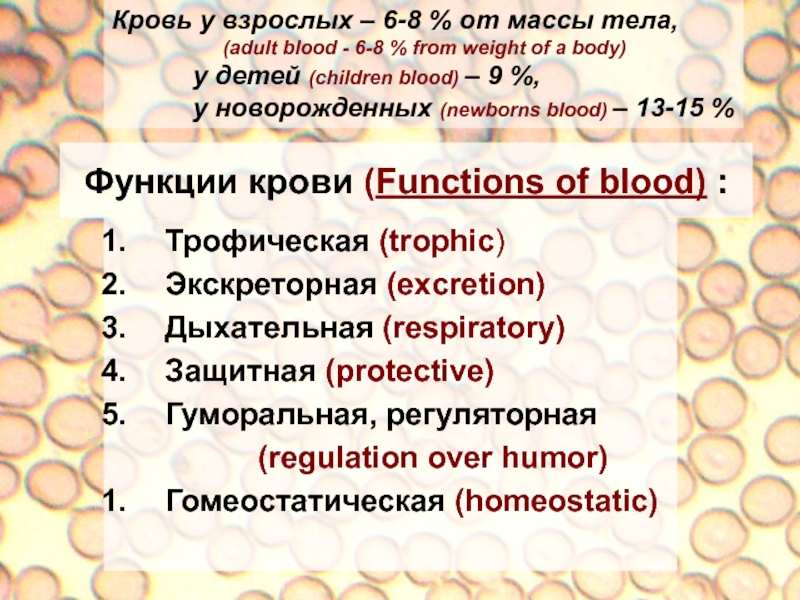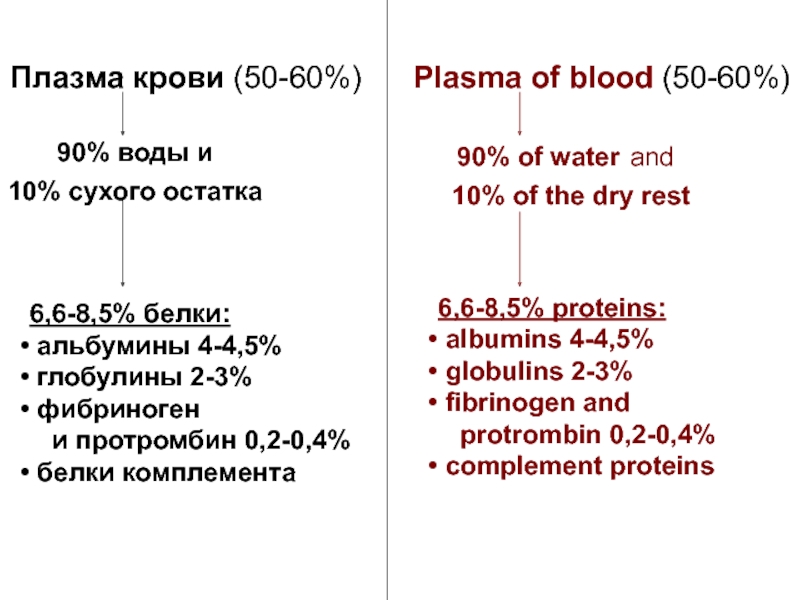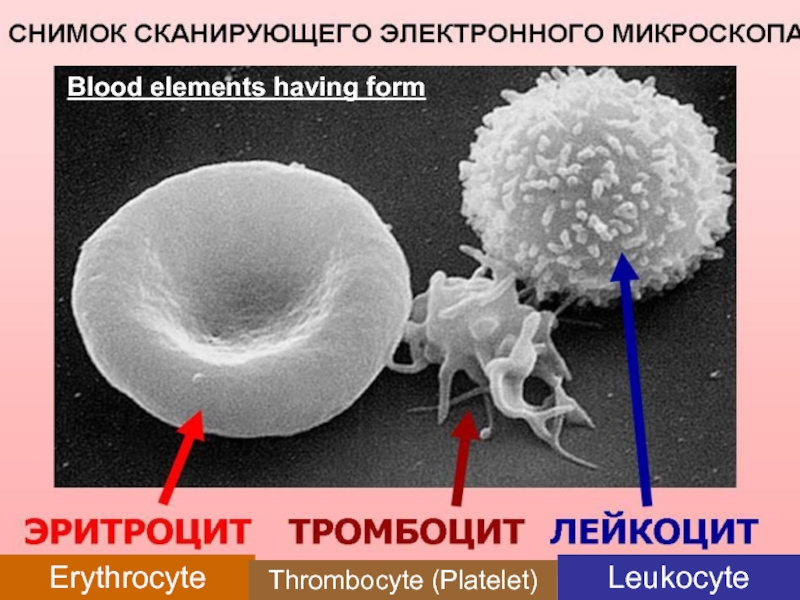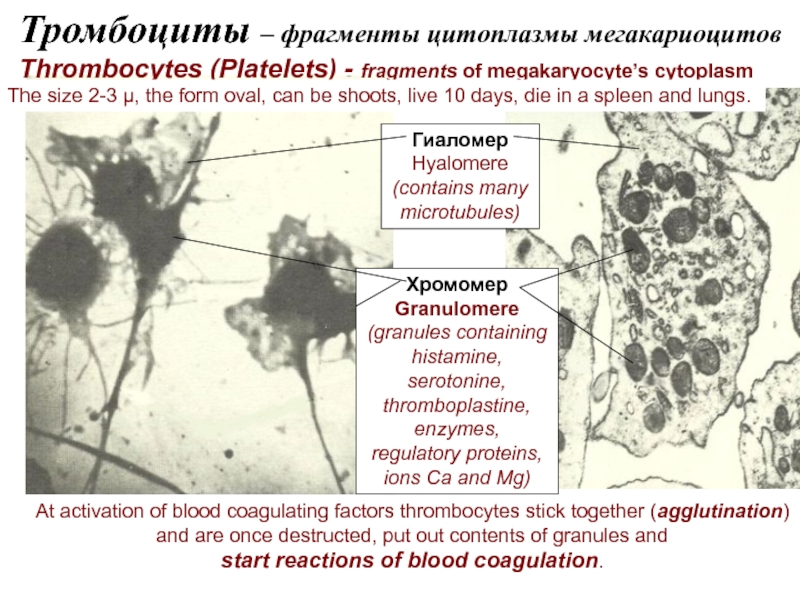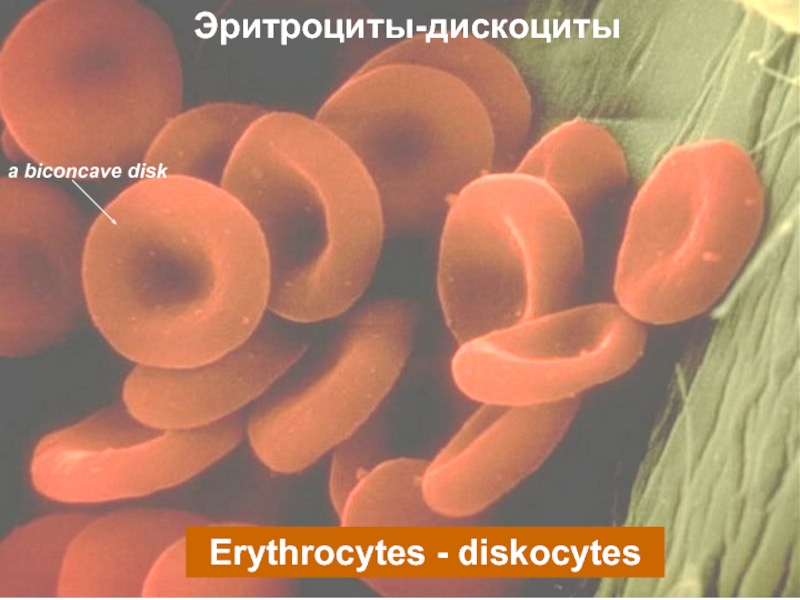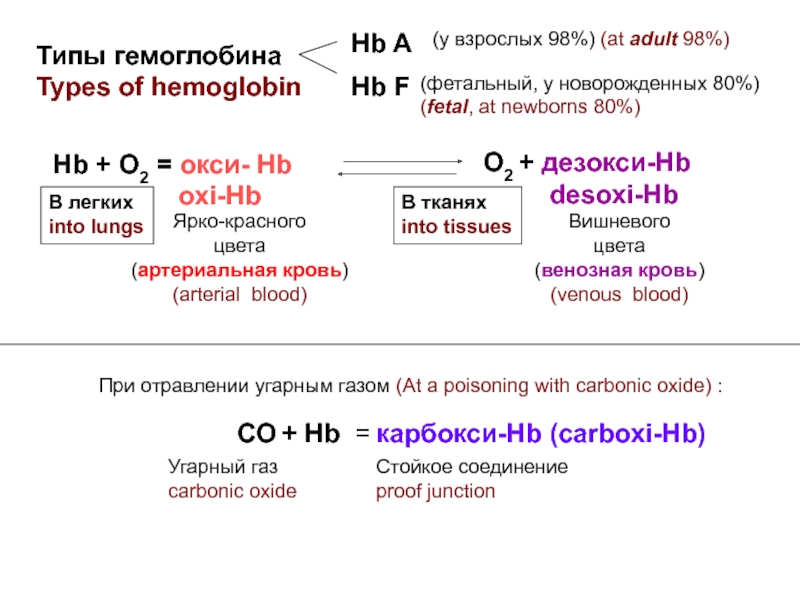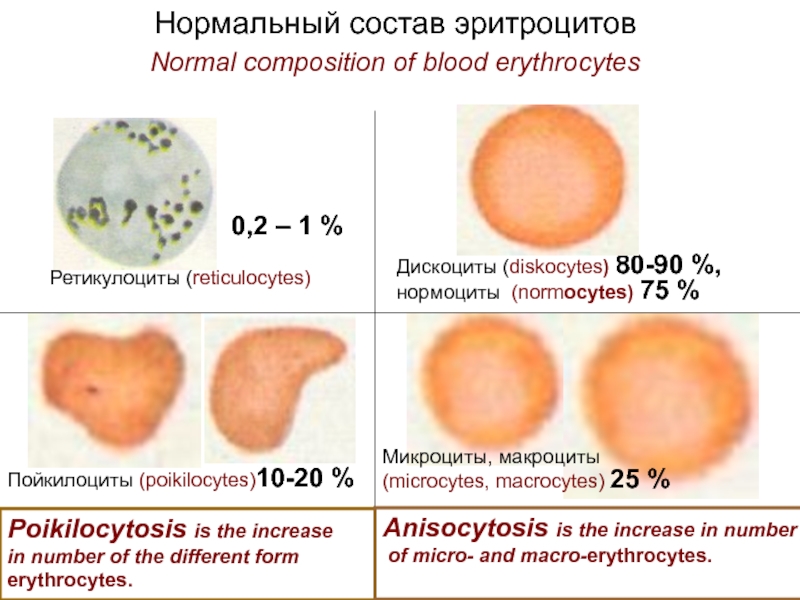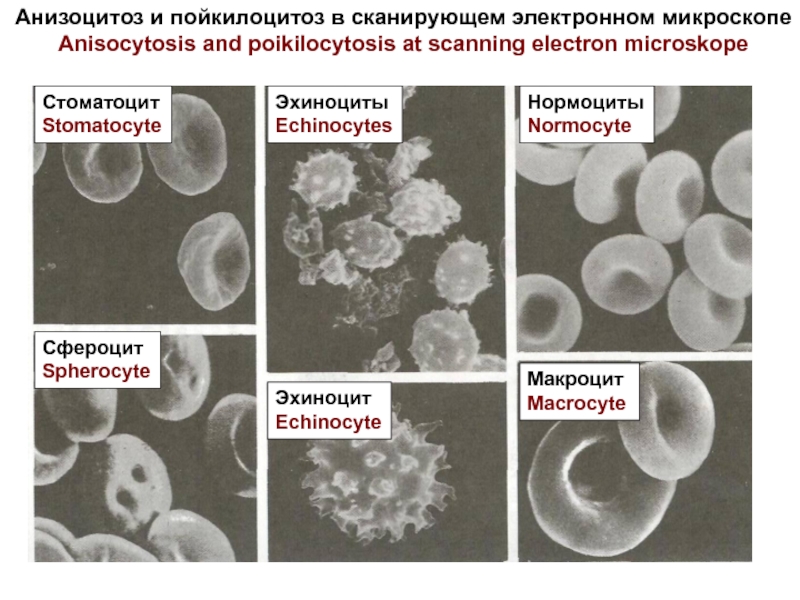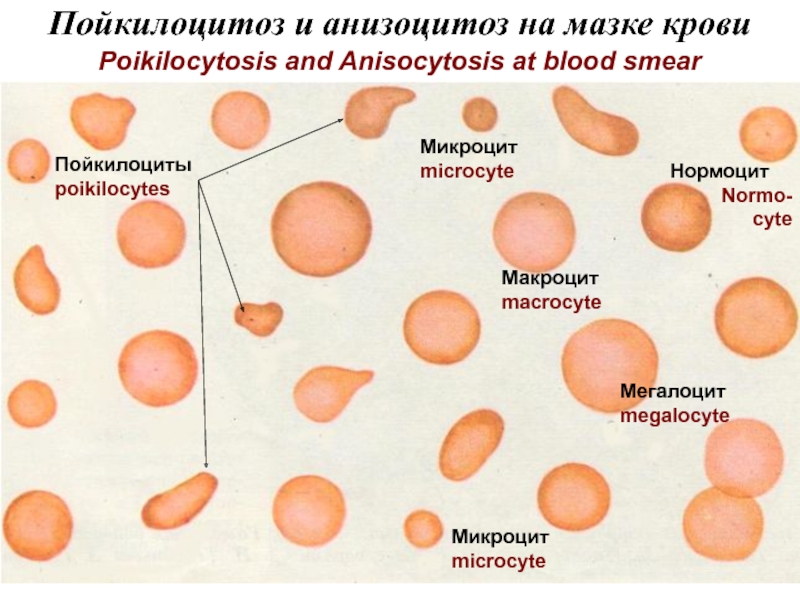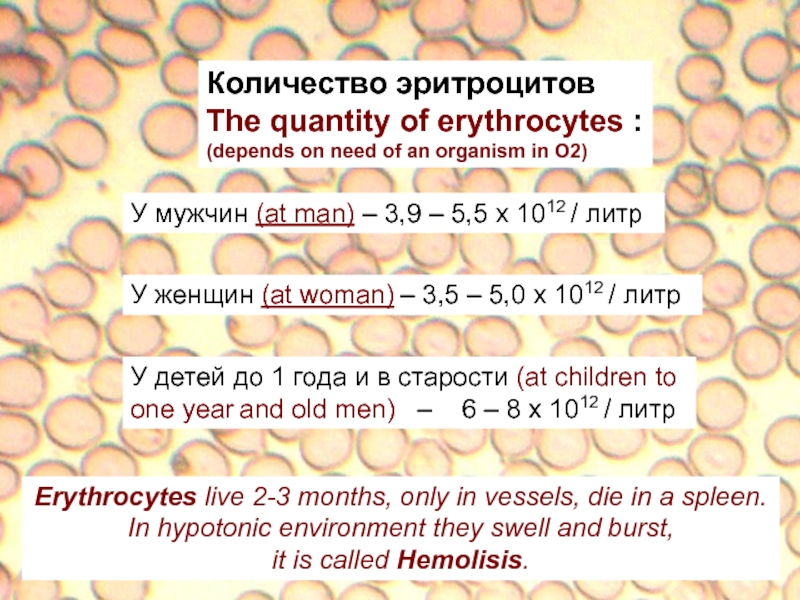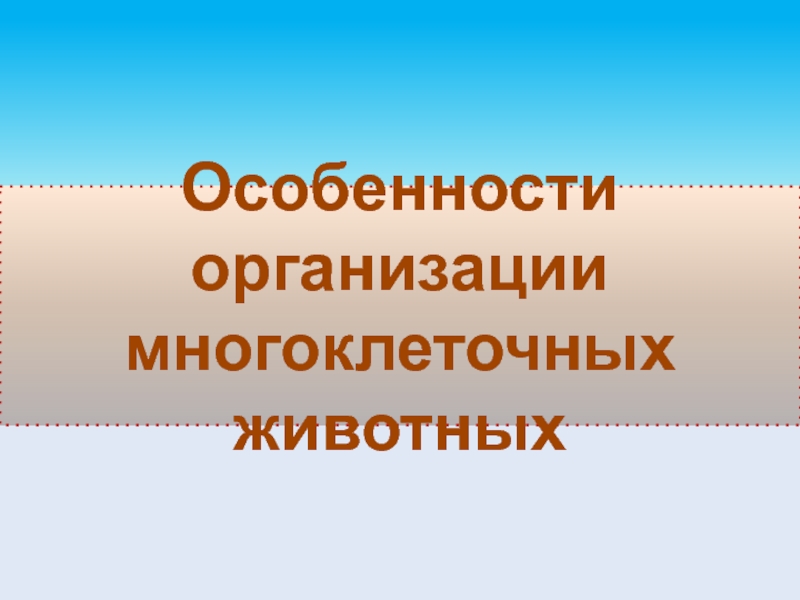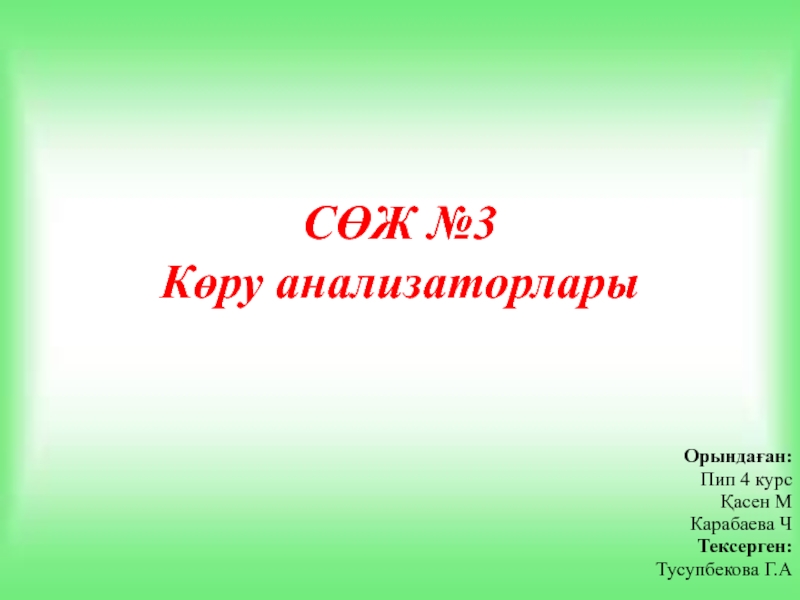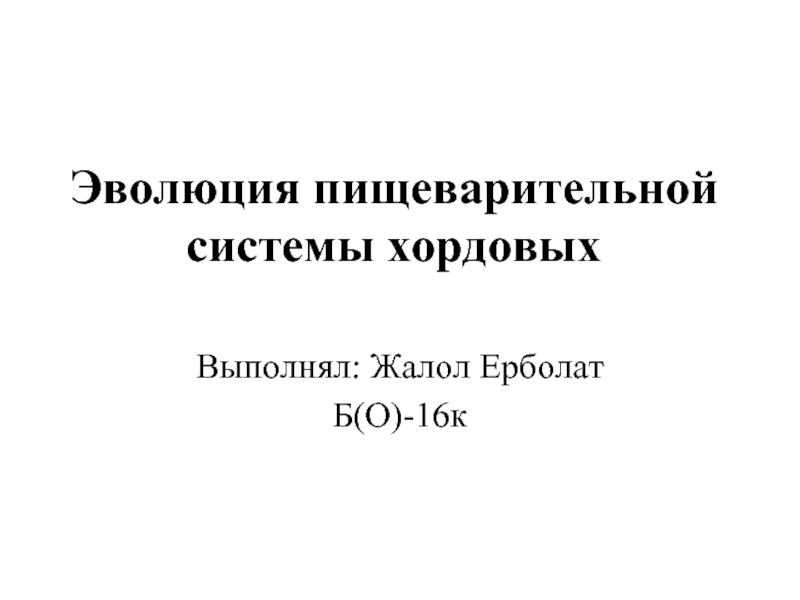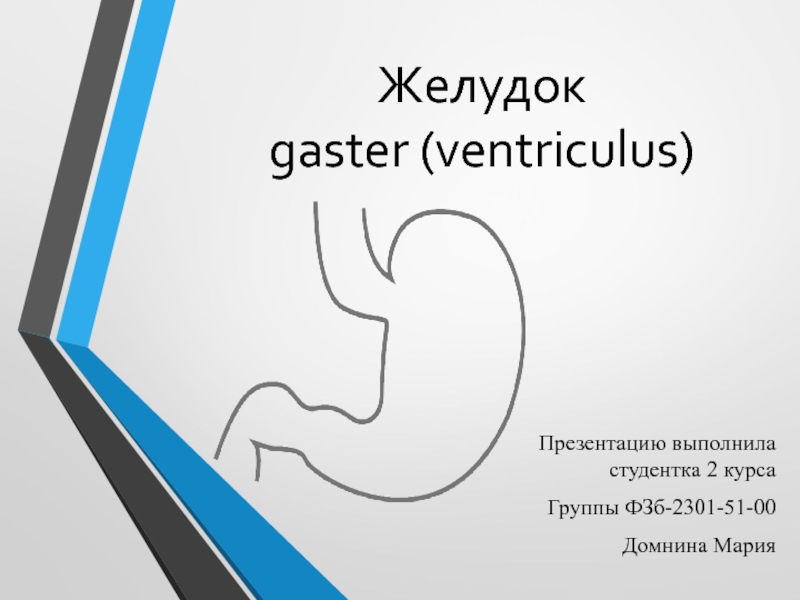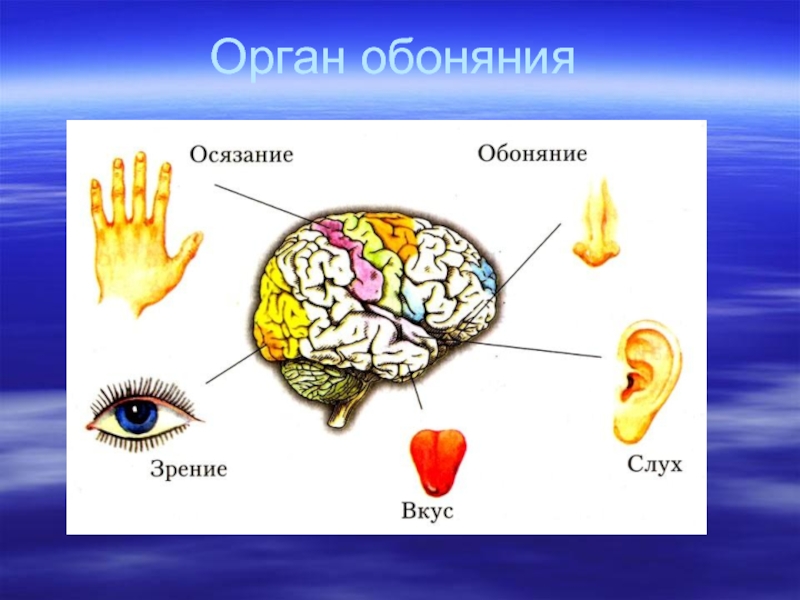Разрушение клетки под действием внешних факторов - НЕКРОЗ
Программированная гибель клетки
под действием внутриклеточных факторов - АПОПТОЗ
Продукты распада
Апоптозные тельца
Продукты распада
NECROSIS is a cell destruction
under influence of external factors. In a cell lysosomes are activated, cariolisis (dissolution of a nucleus) then autolisis occur (dissolution of a cell and disintegration). Products of disintegration cause an inflammation.
APOPTOSIS is the programmed cell
destruction under influence of
endocellular factors. Lysosomes aren’t
activated, and genes of the program of
suicide join. In a cell a Са level raises,
and cell breaks up on apoptosis bodies.
They surrounded by a membrane, don’t
cause an inflammation, and are entirely
phagocyted by macrophages.
